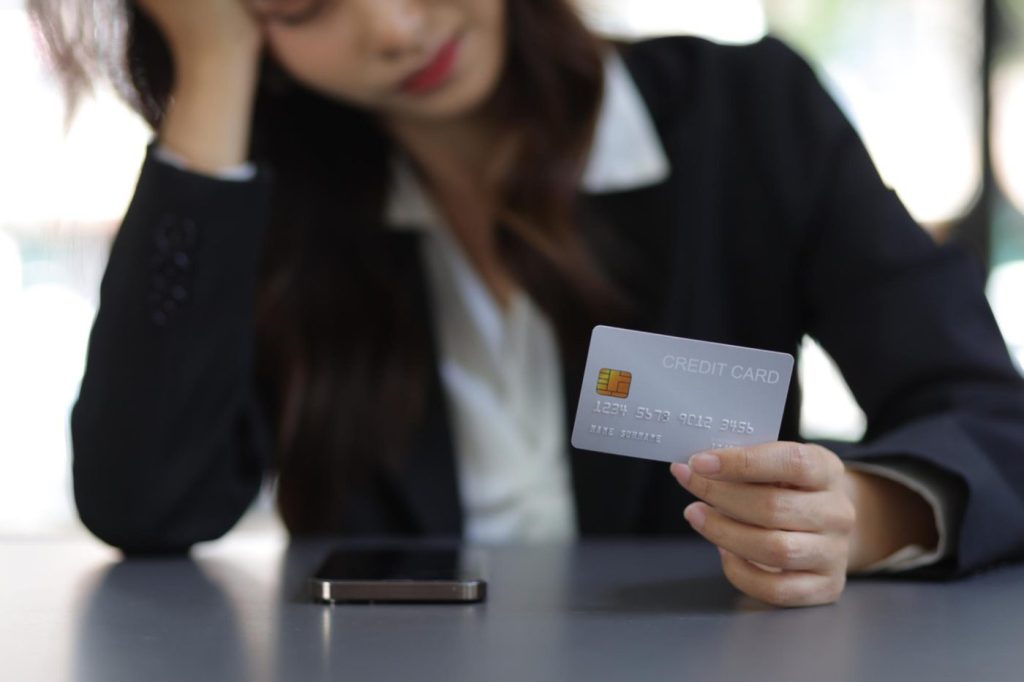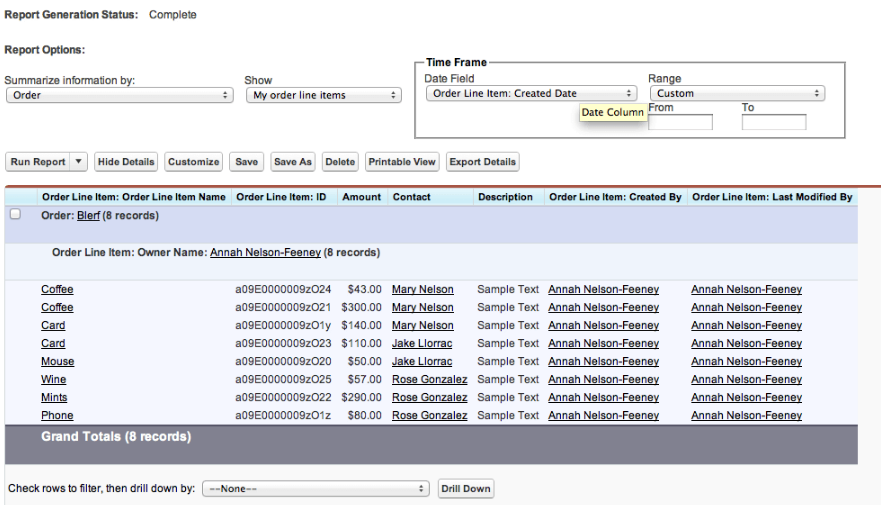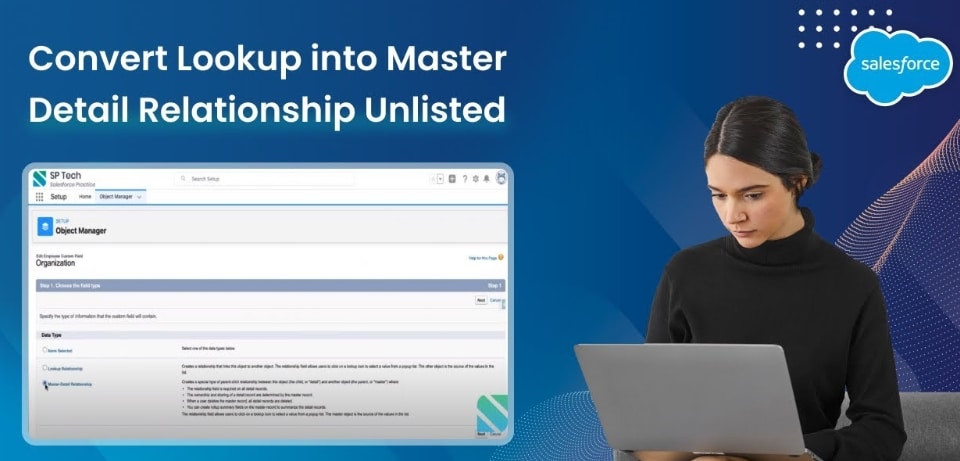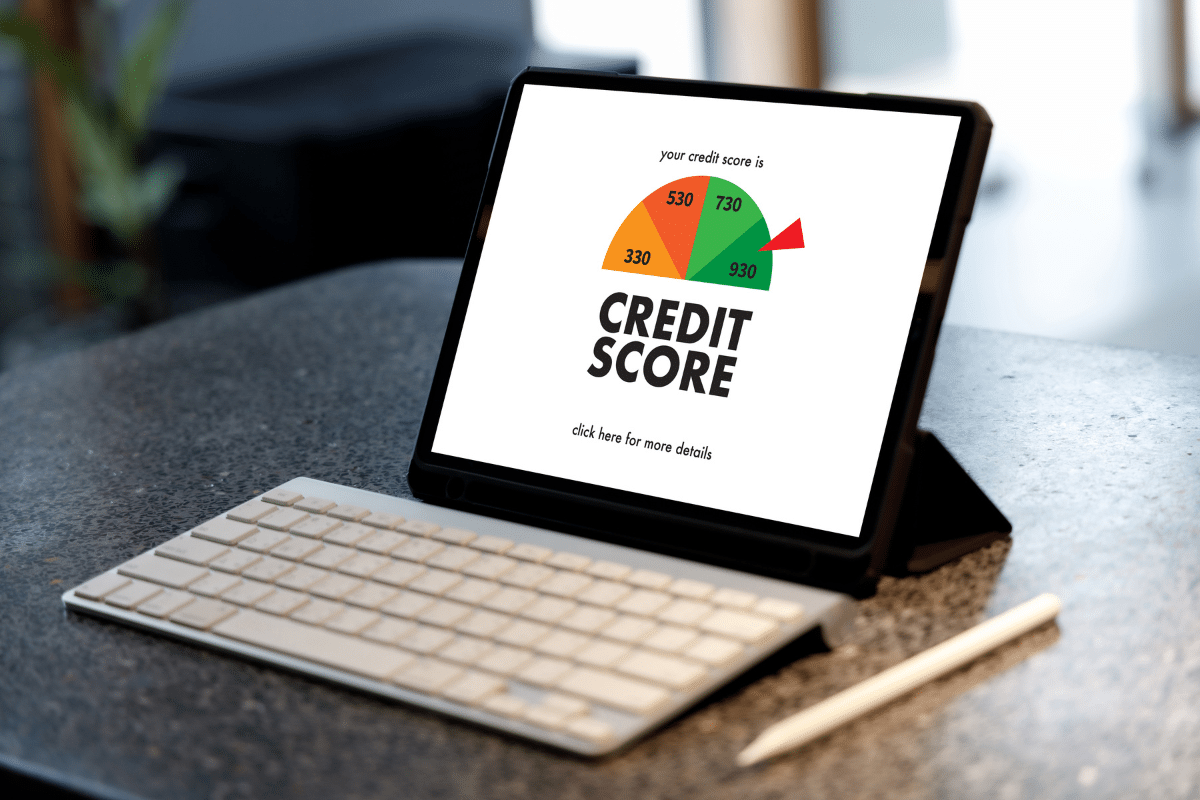Negative Balance on Credit Card: Demystifying This Situation

Anúncios
A concept that can generate doubts is the negative balance on a credit card. Understanding the nuances of your credit card is essential for stable financial health.
So, in this comprehensive content, we clarify your main questions about this topic, explaining what a negative balance on a credit card is, when it happens, what actions to take in this scenario, and how it impacts your score.
Anúncios
If you reside in the United States and use a credit card, you will surely be interested in the topic or have already had some questions about it. Read on and master this important area of your finances!
What is a negative balance on a credit card?
A negative balance on a credit card occurs when the value of credits in your account exceeds the value of your expenses. In other words, the financial institution owes you money, and not the other way around.
Anúncios
This differs from the common situation where you have a positive or zero balance, indicating that you owe the card issuer or that your account is cleared, respectively.
Having a negative balance on your credit card means that you have a credit to be used. That is, it is not a problem, but rather an atypical situation that indicates a surplus of credit in your favor.
Does having a negative balance increase your credit limit?
No. Having a negative balance on your credit card does not increase your credit limit. The credit limit is predetermined by the financial institution based on your financial history analysis and other factors.
Thus, the negative balance is simply a temporary credit that you have in the account, resulting from an overpayment, a refund, or another type of credit.
Soon, this amount will be used to offset future purchases or can be refunded to you, but it does not alter your original credit limit. We are talking about an amount separate from your limit.

When can a negative balance appear on your credit card?
There are some common situations that generate a negative balance on your credit card, such as:
Purchase refund
This is one of the most frequent causes. When you return a product you bought with the credit card, the amount is credited back to your account.
If this amount is greater than the outstanding balance on the invoice, you will have a negative balance on the credit card. Imagine that you bought an item for $50 and then returned it.
If your invoice was zeroed, you will have a negative balance of $50. This process can take a few business days to complete, depending on the store’s policy and the card issuer.
But the important thing is to check the statement to confirm the credit and understand how it impacted your balance.
Overpayment on the statement
If you paid an amount higher than the total of your invoice, the difference becomes a negative balance on the credit card.
For example, if your invoice was $100 and you paid $150, you will have a negative balance of $50. This negative balance on the credit card will be used to offset your next purchases.
Thus, this can happen due to a typing error, by paying a rounded-up amount, or by anticipating a future payment.
Cancellation of fees
On some occasions, the card issuer may cancel fees charged inappropriately. Thus, this credit can generate a negative balance on the credit card if there are no other expenses on the invoice.
This situation occurs due to system errors, purchase disputes, or special promotions. It is important to follow the statement to verify if the cancellation and the corresponding credit occurred.
Statement credit
Some companies offer statement credits as a form of compensation or reward. These credits, like the other examples, result in a negative balance on the credit card.
Therefore, rewards programs, bonuses for meeting spending targets, or even compensations for problems with the service can generate these credits.
What to do with a negative balance on a credit card?
You have a few options when faced with a negative balance on a credit card, see:
Make a purchase
The simplest way to use a negative balance on a credit card is by making a new purchase.
In this way, the amount will automatically be deducted from your negative balance, reducing or eliminating the amount to be paid on the next invoice. It’s like having a “prepaid credit” on the card.
Request a refund
You can also request a refund of the negative balance amount on the credit card directly with the financial institution.
Generally, this is done through customer service, by phone or online. The amount will be credited to your bank account.
This option is useful if you do not intend to use the card soon or need the money immediately. The timeframe for the refund varies according to the institution’s policy.

Can a negative balance on the card affect my credit score?
No. Having a negative balance on a credit card does not negatively affect your credit score. In fact, as it shows that you have credit in your favor, there is no negative impact.
What affects the credit score is the high credit utilization rate (how much of your limit you are using), payment delays, and other issues related to your overall credit history.
Therefore, you can rest assured: a negative balance on a credit card will not harm your score.
In summary, a negative balance on a credit card is an unusual situation, but not problematic. It means that you have a credit to be used through new purchases or by requesting a refund.
It is important to understand the causes of this balance and the options available to deal with it. And of course, keeping control of your finances and understanding the details of your credit card is essential for a healthy financial life.
Did you like the content? Check out other posts on our website and discover tips on travel budget apps!





